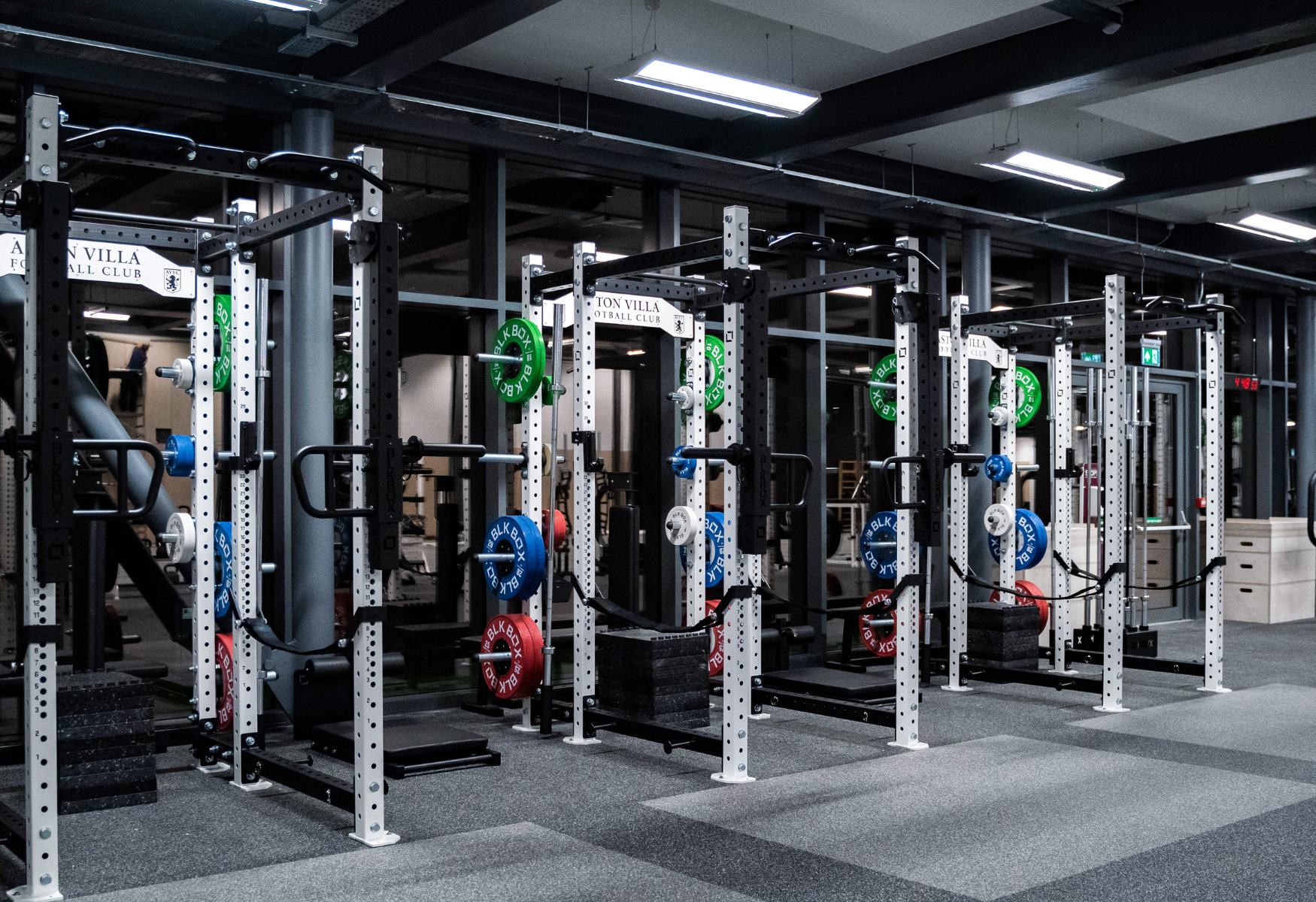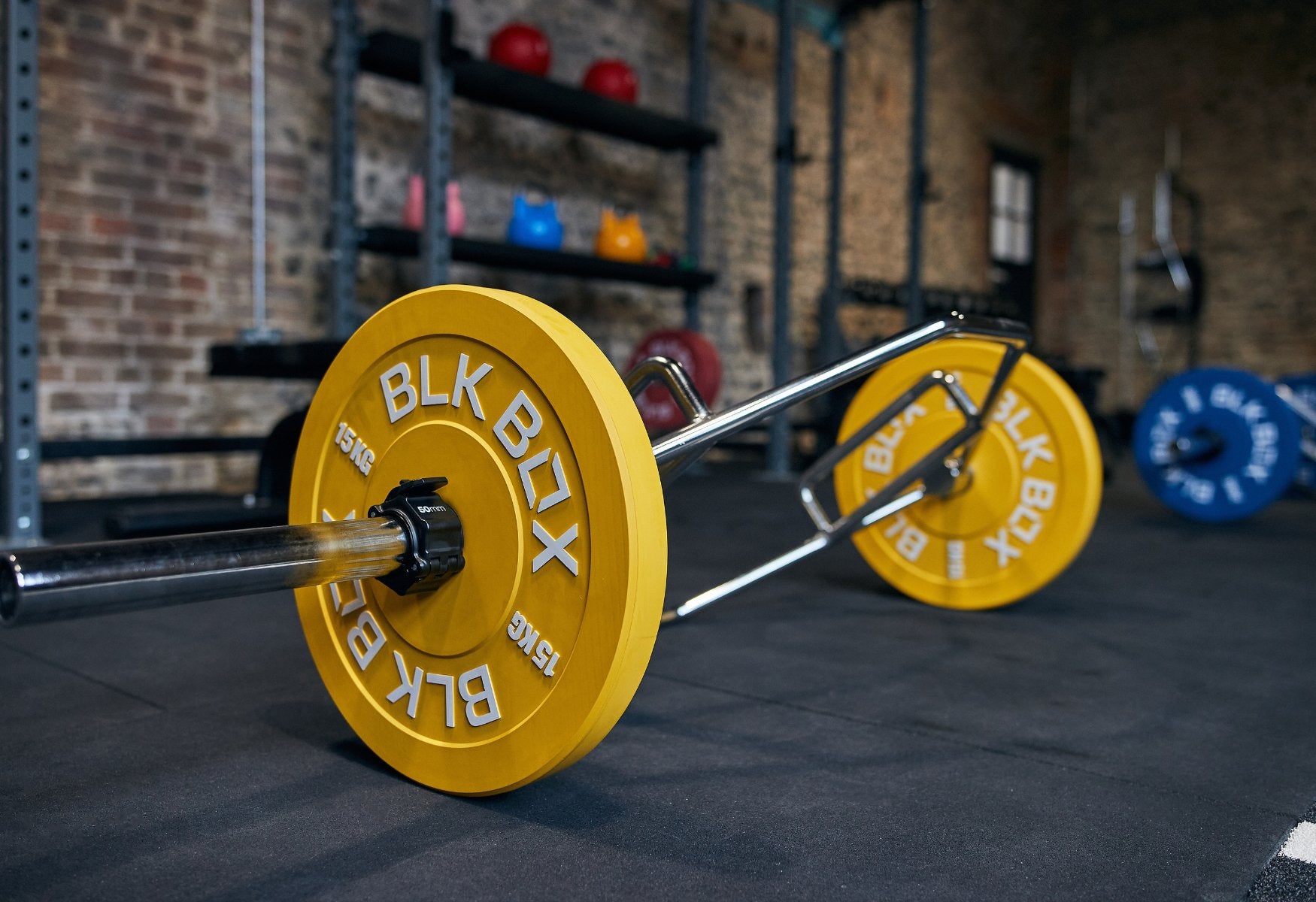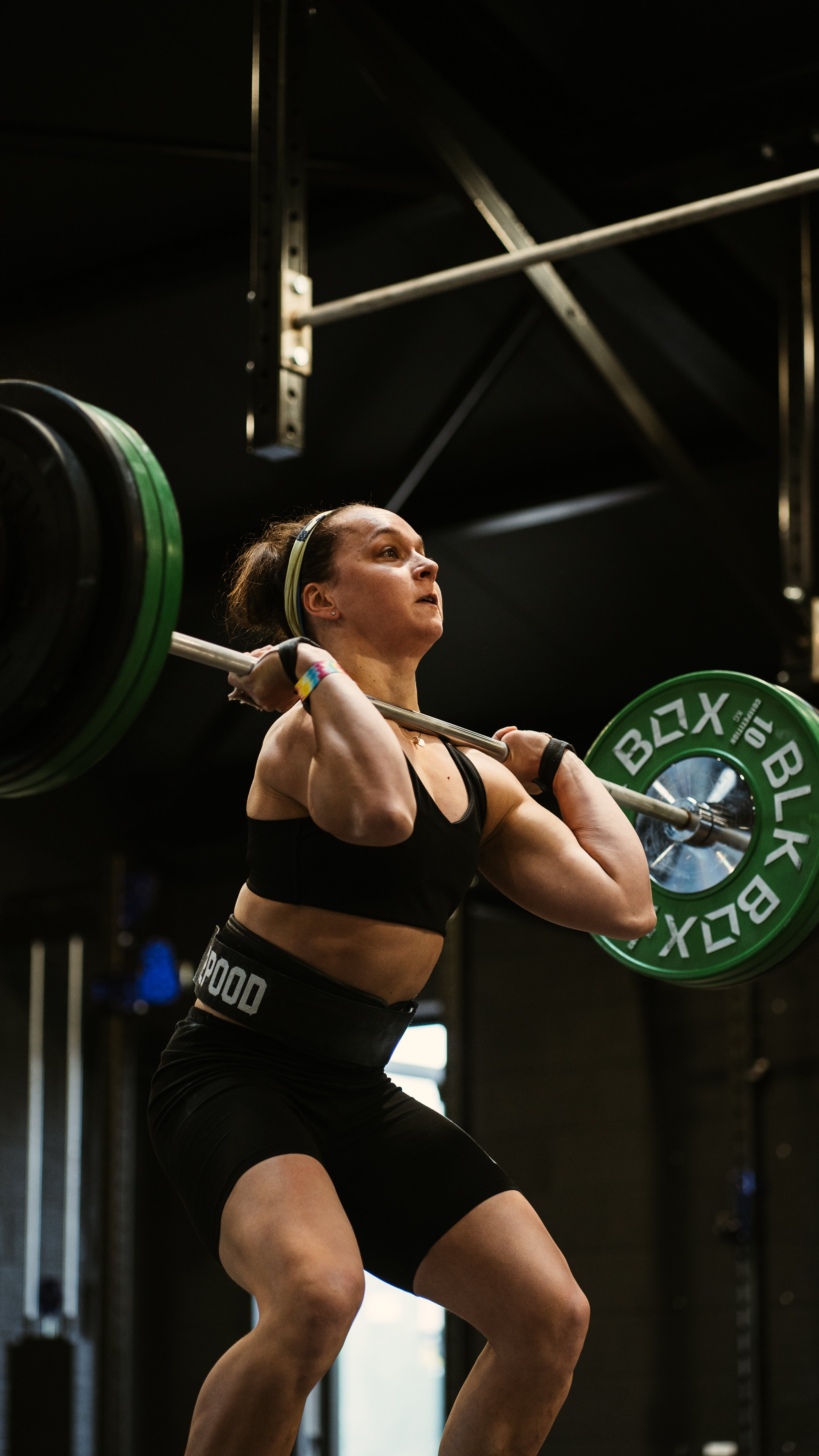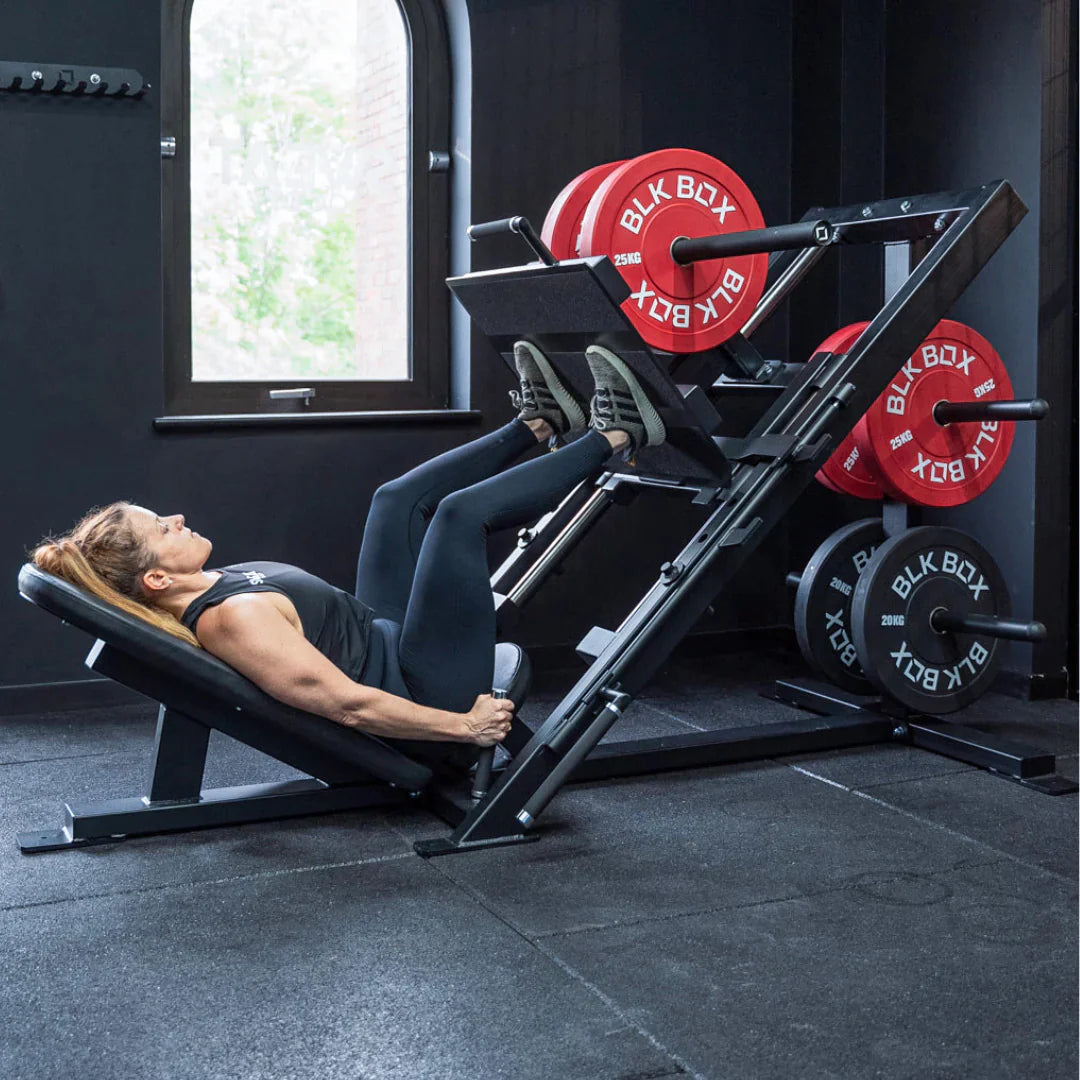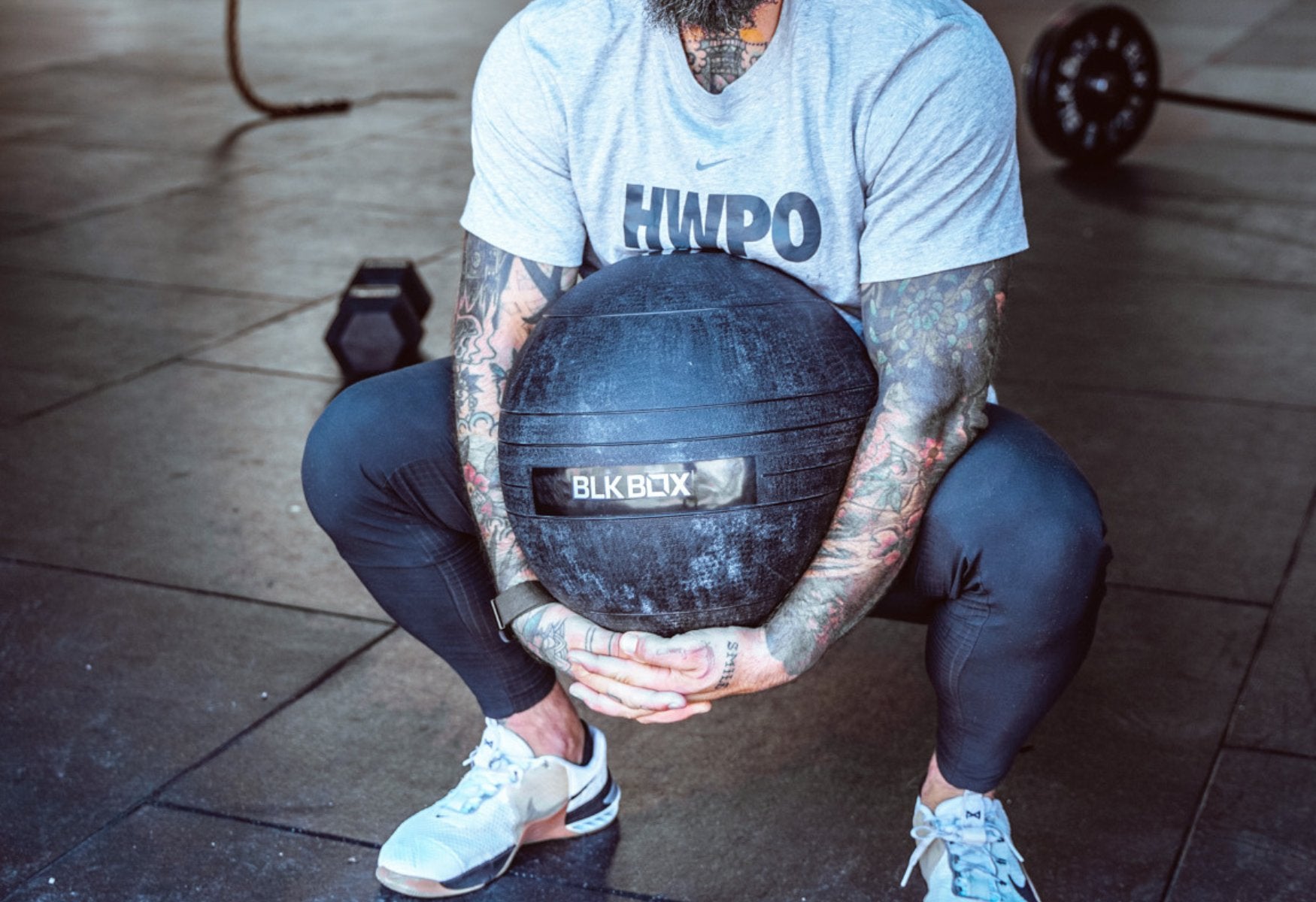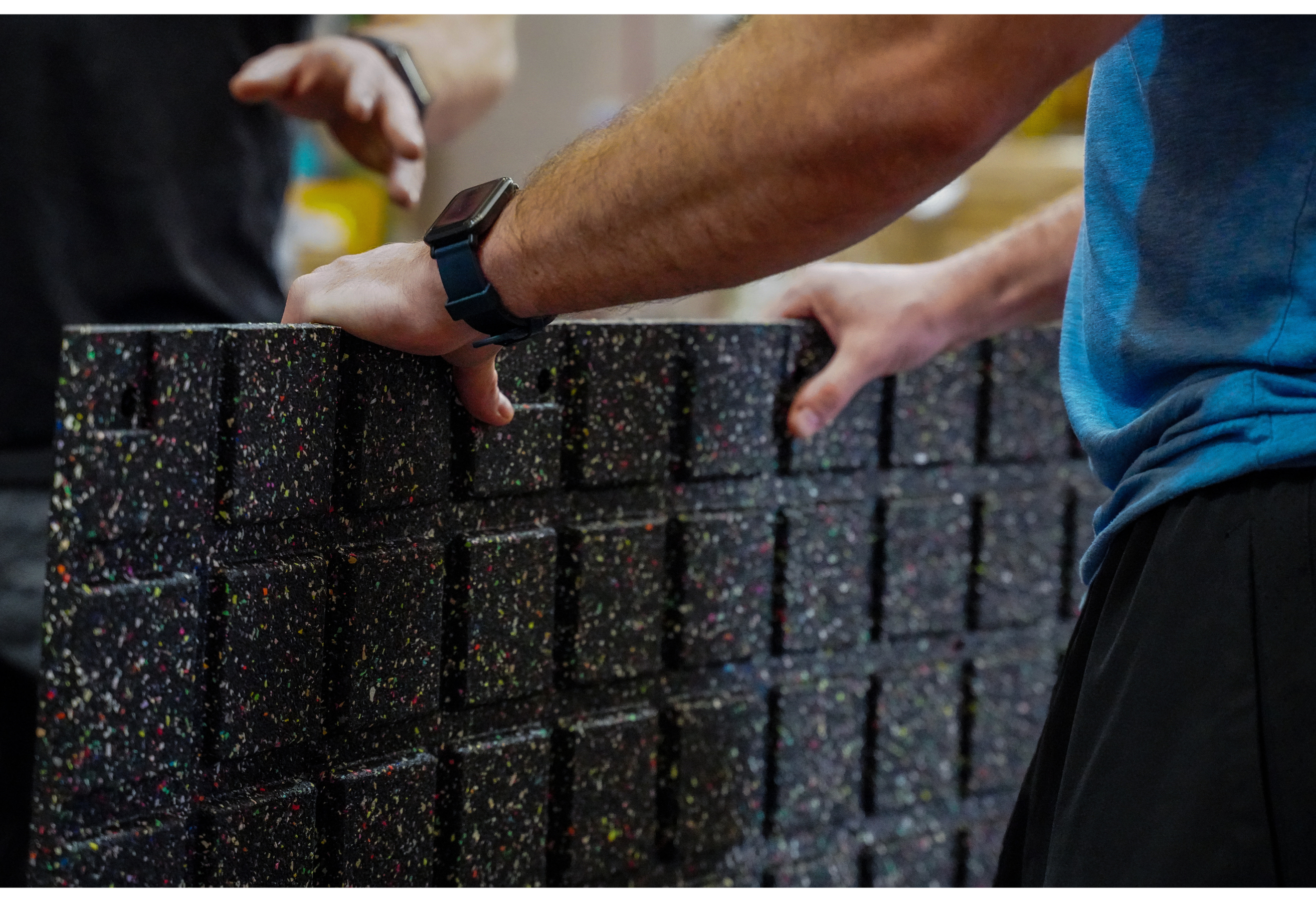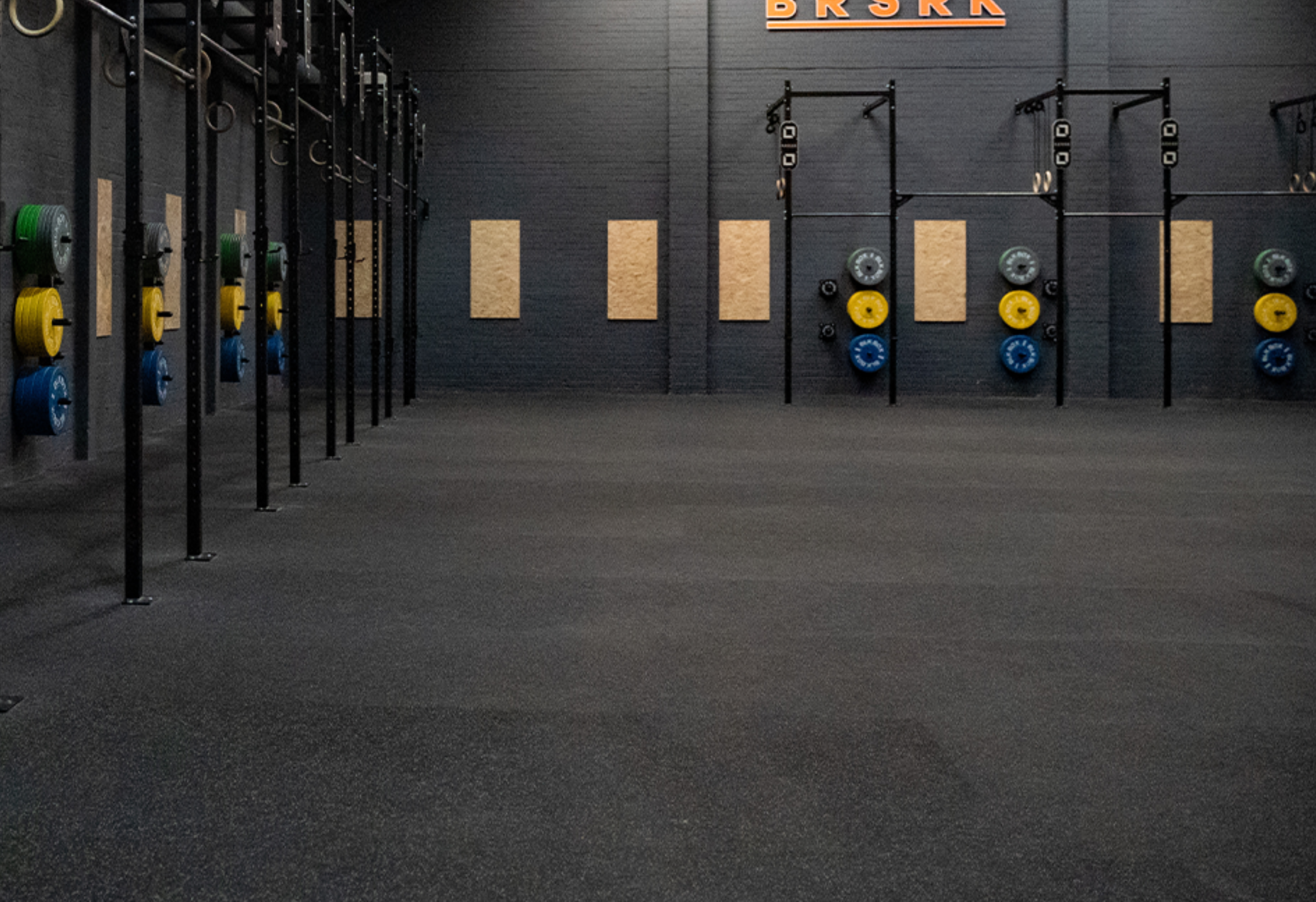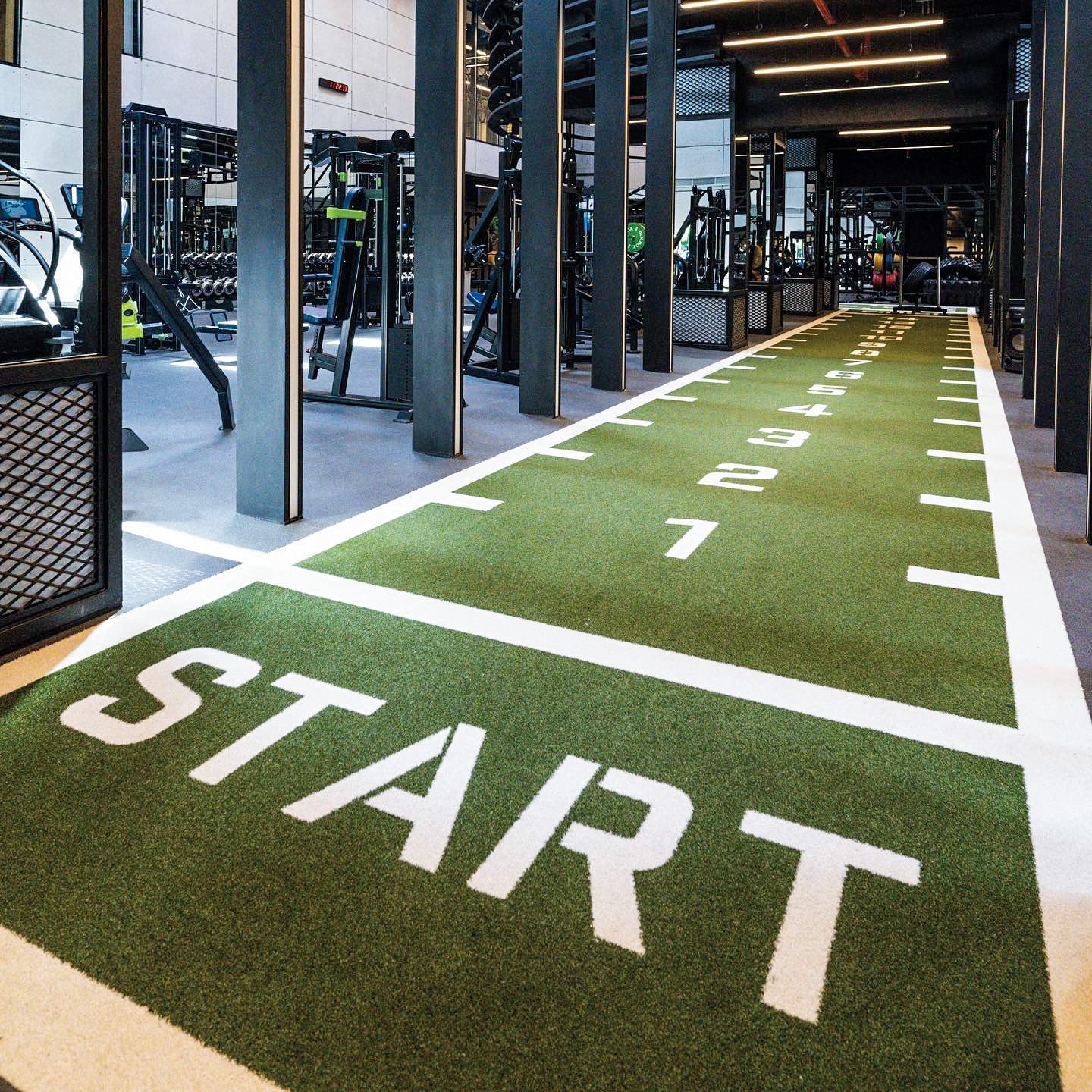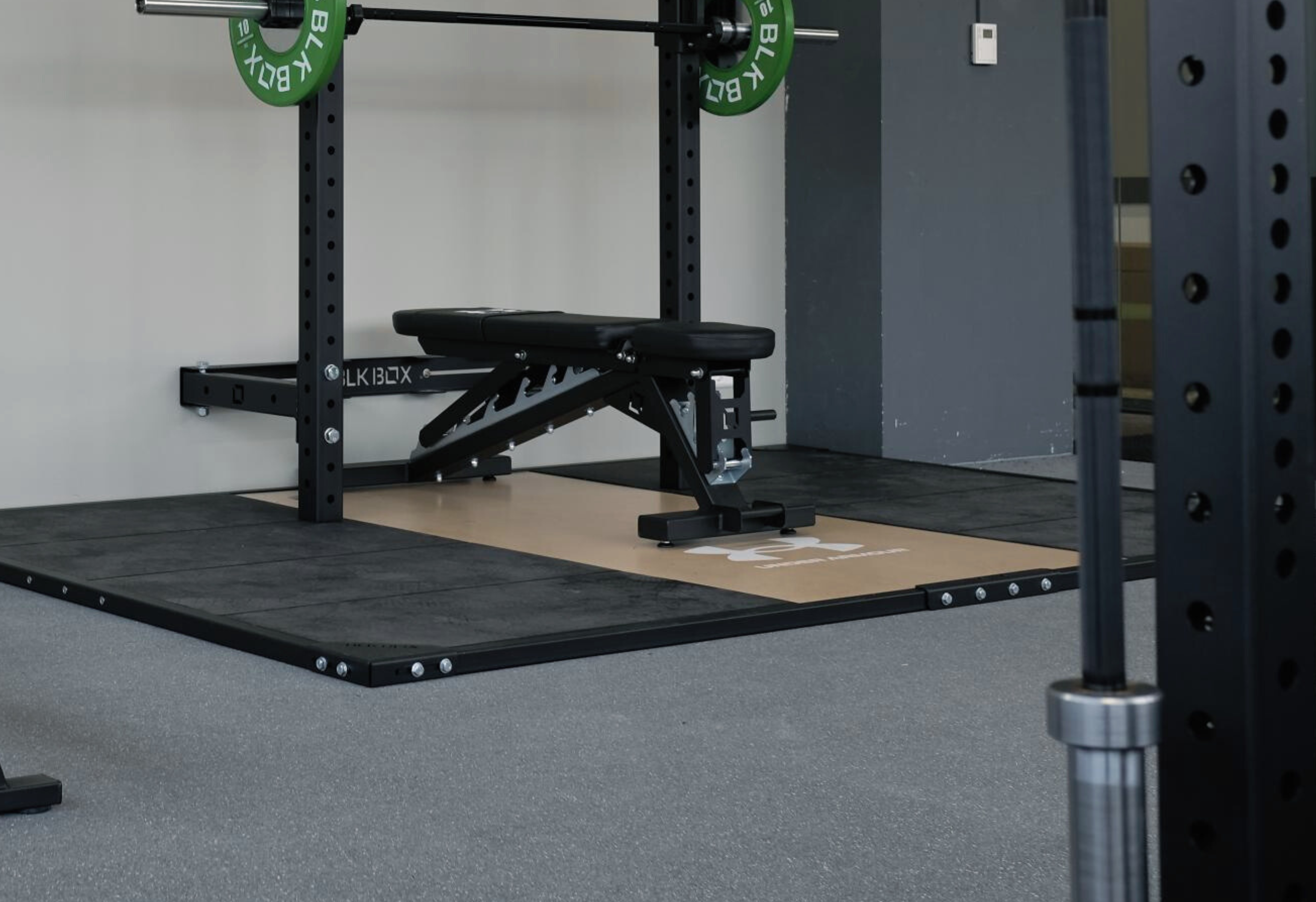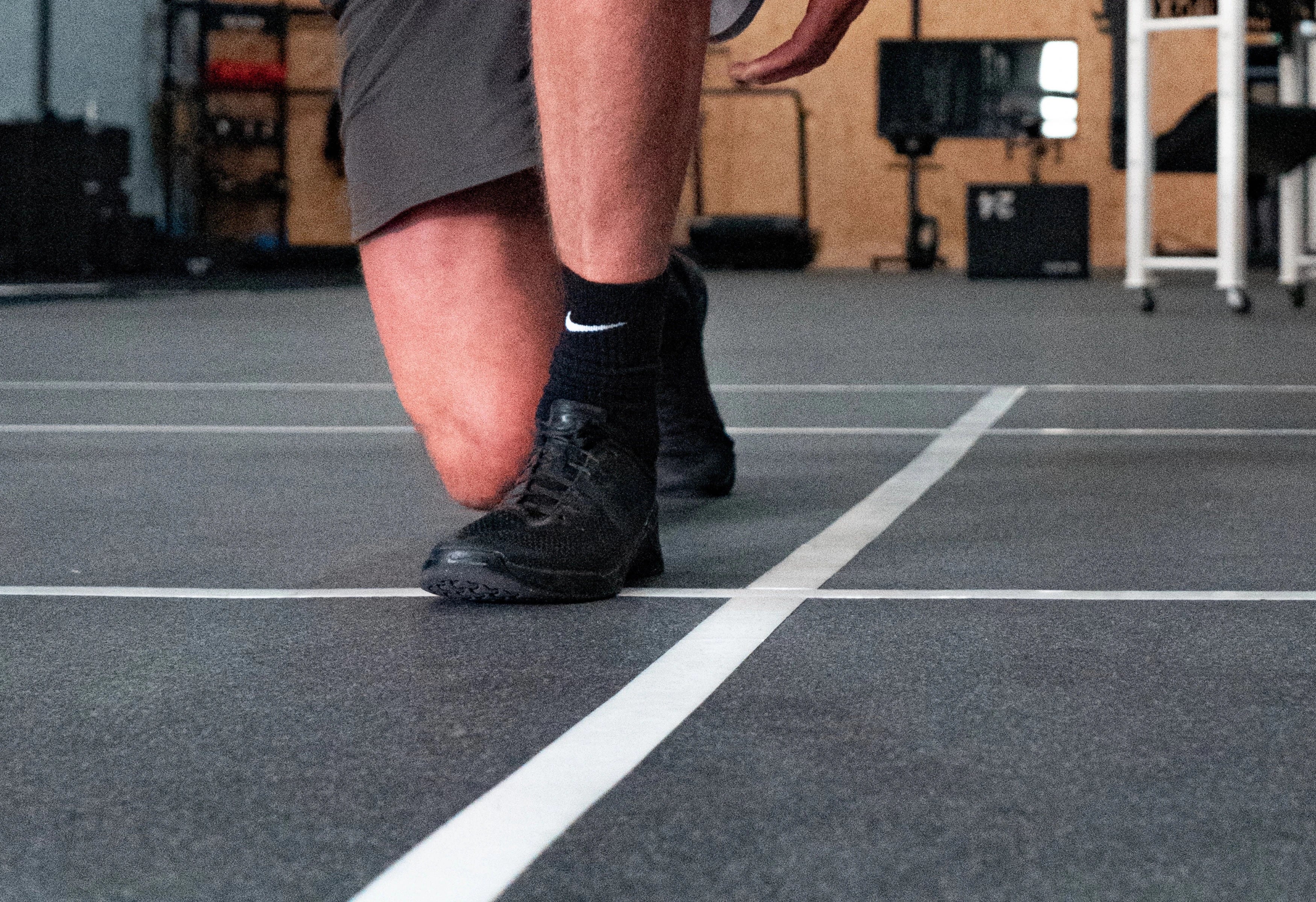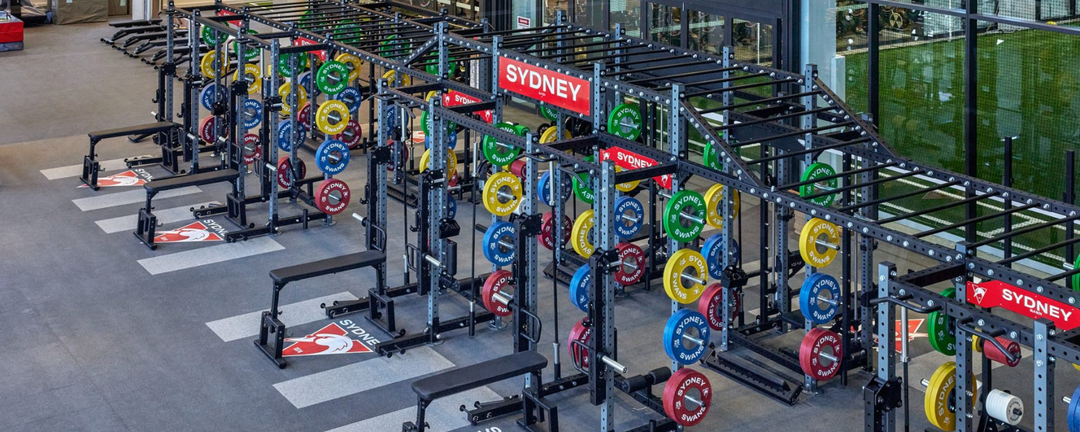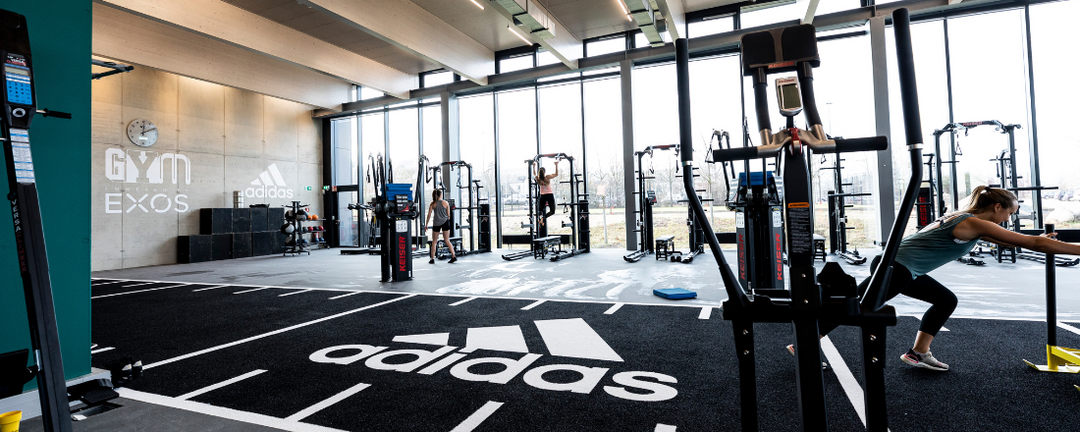Choosing the best plyometric boxes
When it comes to selecting the best plyometric boxes for your gym or personal workout space, there are two main options to consider: wooden boxes and soft plyo boxes.
Each has its own set of advantages and considerations, so let's break down the key points to help you make an informed decision.
Wooden plyo boxes

- Sturdy and traditional: Wooden boxes offer a classic and sturdy platform for various exercises, including step-ups and weighted movements
- Natural feel: Many users appreciate the solid feel of wood underfoot, providing a sense of stability during workouts.
- Ideal for weighted movements: If your routine involves exercises with added weight, such as step-ups with dumbbells or barbells, wooden boxes can provide the stability needed for safety and proper form.
- Risk of injury: However, it's important to note that wooden boxes carry a higher risk of injury, particularly if you accidentally hit your shins or trip during jumps or movements. Some users may find the hard surface uncomfortable or intimidating, especially for beginners or those with concerns about injury.
Soft plyo boxes

- Safety and confidence: Soft plyo boxes offer a safer option for plyometric exercises and jumping movements. The soft surface reduces the risk of injury, making it ideal for users of all experience levels.
- Gradual progression: Beginners can benefit from starting with lower heights and gradually working their way up, thanks to the forgiving surface of soft plyo boxes.
- Confidence booster: Users often report feeling more confident during jumps and plyometric exercises on soft plyo boxes, allowing them to push themselves further in their workouts.
- Versatility: Soft plyo boxes are suitable for a variety of exercises, including static jumps and dynamic movements. They're also ideal for users who may not have access to a full set of boxes, as stacking them creates a safe landing surface.
Choosing the Right Box for You:
- Consider your workout routine: If your routine primarily involves weighted movements or step-ups, a wooden box may be the better choice for stability and support.
- Assess your comfort level: If you're new to plyometric exercises or have concerns about injury, a soft plyo box can offer peace of mind and confidence during your workouts.
- Evaluate your space and budget: Wooden boxes are typically more durable but may come at a higher price point. Soft plyo boxes provide a budget-friendly alternative while still offering safety and versatility.
Ultimately, the decision between wooden and soft plyo boxes boils down to personal preference, workout goals, and safety considerations.
Whether you prefer the classic feel of wood or the safety of a soft surface, both options can enhance your training experience and help you reach your fitness goals.
How to use a plyo box

Step 1: Set up
- Place the plyo box on a stable, flat surface, ensuring it won't slip during use.
Step 2: Warm-up
- Always start with a dynamic warm-up to prepare your muscles for explosive movements.
Step 3: Perform exercises
- Box jumps: Stand in front of the box with feet hip-width apart. Bend your knees, swing your arms, and jump onto the box, landing softly with both feet.
- Step-ups: Stand facing the box. Step onto the box with one foot, driving through the heel to lift your body up. Bring the other foot up to meet it, then step back down.
- Box squats: Stand facing away from the box with feet shoulder-width apart. Lower into a squat, tapping your glutes lightly on the box, then drive through your heels to stand back up.
Step 4: Focus on form
- Maintain proper alignment and posture throughout each exercise.
- Land softly on the box to reduce impact on your joints.
- Use controlled movements, especially when stepping down from the box.
Step 5: Cool down
- After your workout, perform static stretches to release tension in your muscles.
Step 6: Clean and store
- Wipe down the plyo box with a clean cloth after use.
- Store it in a dry, safe place to prevent damage.




